What to consider when choosing a Natural Fibre Quilt
Selecting the perfect natural fibre quilt involves more than just picking a filling; it's about understanding how different fibres align with your personal comfort needs, sleeping habits, and environmental considerations.
Factors such as breathability, insulation, moisture-wicking capabilities, and weight all play crucial roles in determining the ideal quilt for you.
Alpaca & Pure Fine Merino Wool vs the rest
This comparison data has been compiled by Kelly & Windsor from certified textile testing authorities, published studies from various textile fibre industry references and our experience in the bedding industry in the last twenty years.
It provides a handy and simple comparison guide of each fibre's characteristics and performance in each of the five key bedding categories.
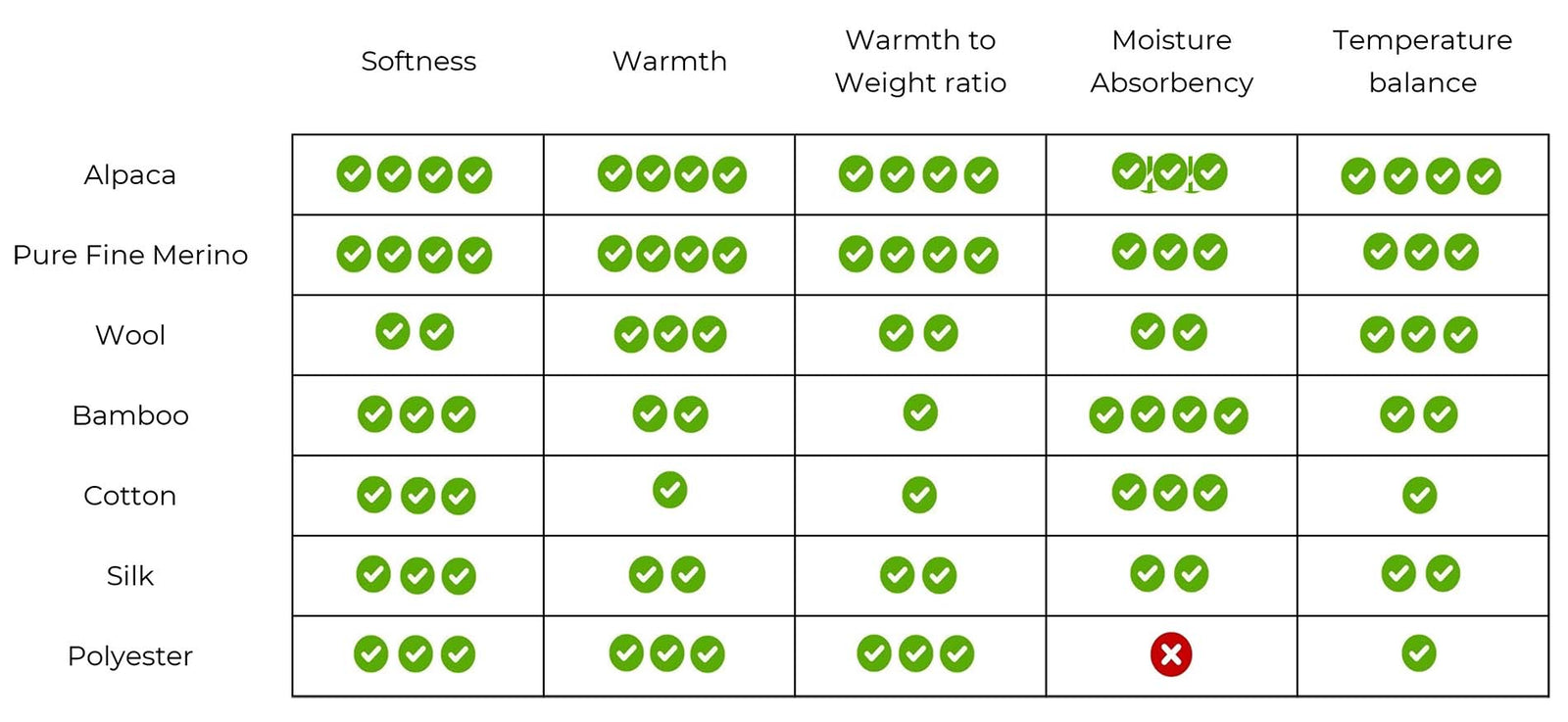
Understanding Warmth and Weight in Quilts
When choosing a quilt, warmth isn’t just about weight — it’s about how effectively a fibre insulates while remaining light and breathable. Natural fibres like alpaca and pure fine merino wool excel in delivering exceptional warmth without the heavy, bulky feeling of traditional quilts.

Warmth
Over the past two decades, we’ve conducted extensive thermal testing across a wide range of natural fibre quilts — assessing various fibre types, blends, and weight ratings.
Through this in-depth evaluation, one result has remained consistent: alpaca and pure fine merino wool quilts deliver superior thermal performance compared to any other natural fibre.
Their ability to retain warmth while remaining breathable sets them apart, offering exceptional comfort across all seasons. This combination of insulation and breathability is what makes alpaca and merino wool the gold standard in natural fibre bedding.
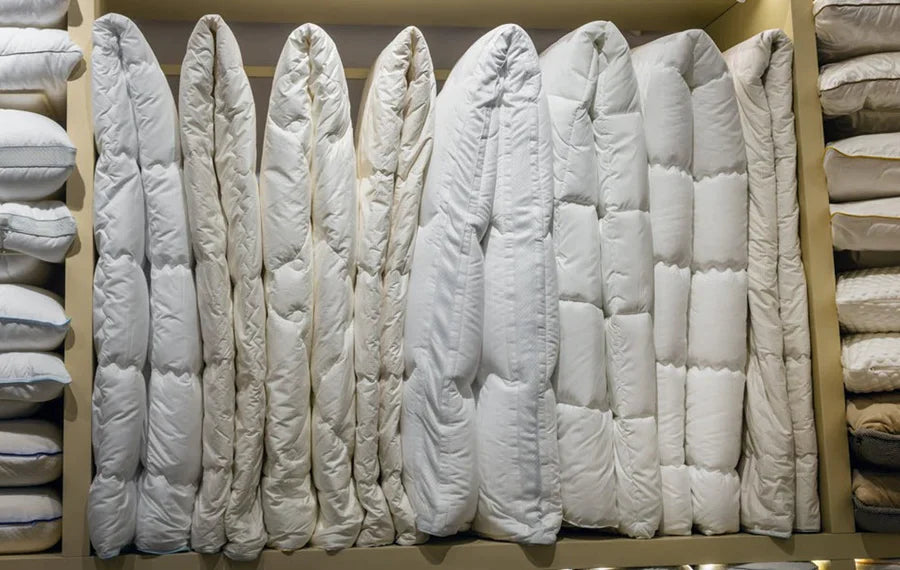
Warmth to Weight Ratio
Is a heavier quilt always warmer? Not necessarily.
When it comes to bedding performance, the warmth-to-weight ratio is far more important than the overall weight of the quilt itself. A well-constructed natural fibre quilt can provide greater warmth with less bulk, offering superior comfort without feeling heavy.
For example, an alpaca 400 gsm quilt is 24% warmer than a 500 gsm traditional wool quilt — despite being around 20% lighter. This highlights the outstanding insulating properties of alpaca fibre and the efficiency of natural fibres in general.
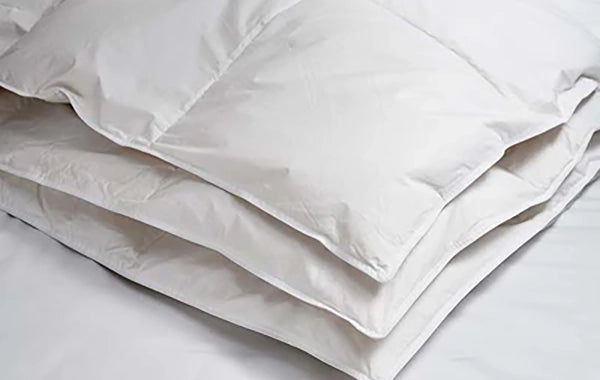
Temperature Balance
Natural fibre quilts regulate your body temperature which means that you will not overheat or be too cold.
This is important, as temperature variations throughout the night can effect your sleep REM, causing poor quality or loss of sleep as your natural sleep cycle is disrupted.
Alpaca and pure fine merino wool quilts provide optimal temperature balance, so you won't overheat nor be cold.
How Alpaca and Fine Merino Deliver Exceptional Softness
Both alpaca and pure fine merino wool are renowned for their luxurious softness, making them ideal choices for premium bedding.
While alpaca offers a silky, smooth feel thanks to its low-scale fibre structure, pure fine merino wool edges slightly ahead in softness due to its ultra-fine fibres. The finer the fibre, the softer and more comfortable it feels against the skin.
This difference may be subtle, but it can be especially noticeable to those with sensitive skin or a preference for a lighter, gentler touch. Regardless of which fibre you choose, both provide an exceptional level of softness that enhances comfort and contributes to a restful night’s sleep.
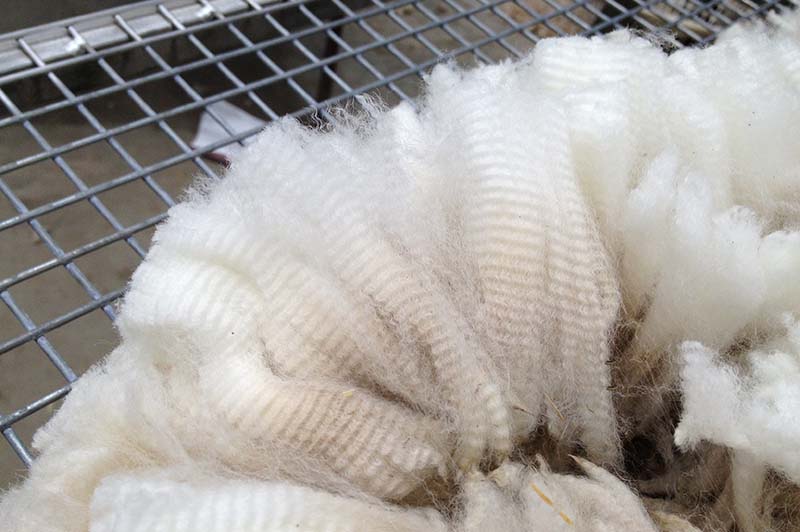
Alpaca Fleece
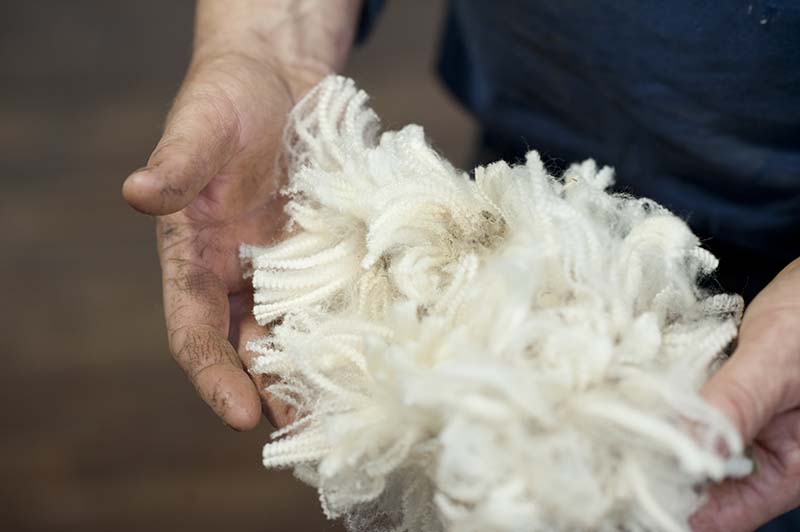
Pure Fine Merino Wool
How to Choose the Right Quilt
After exploring the unique benefits of our natural fibre quilts, the next step is finding the perfect fit for your individual needs.
Choosing the right alpaca quilt depends on factors like your sleeping preferences, warmth requirements, and even your body type.
To make the decision easier, we’ve developed our exclusive BMI Quilt Selector — a simple, guided tool designed to match you with the ideal alpaca quilt based on your personal profile.
Click the link below to find your perfect match and enjoy tailored comfort, night after night.
If you’d like extra guidance, our team is always here to help. We believe that a great night’s sleep is essential to your wellbeing, and we’re only a phone call or email away from assisting you in making the right choice.
View BMI Quilt Guide



